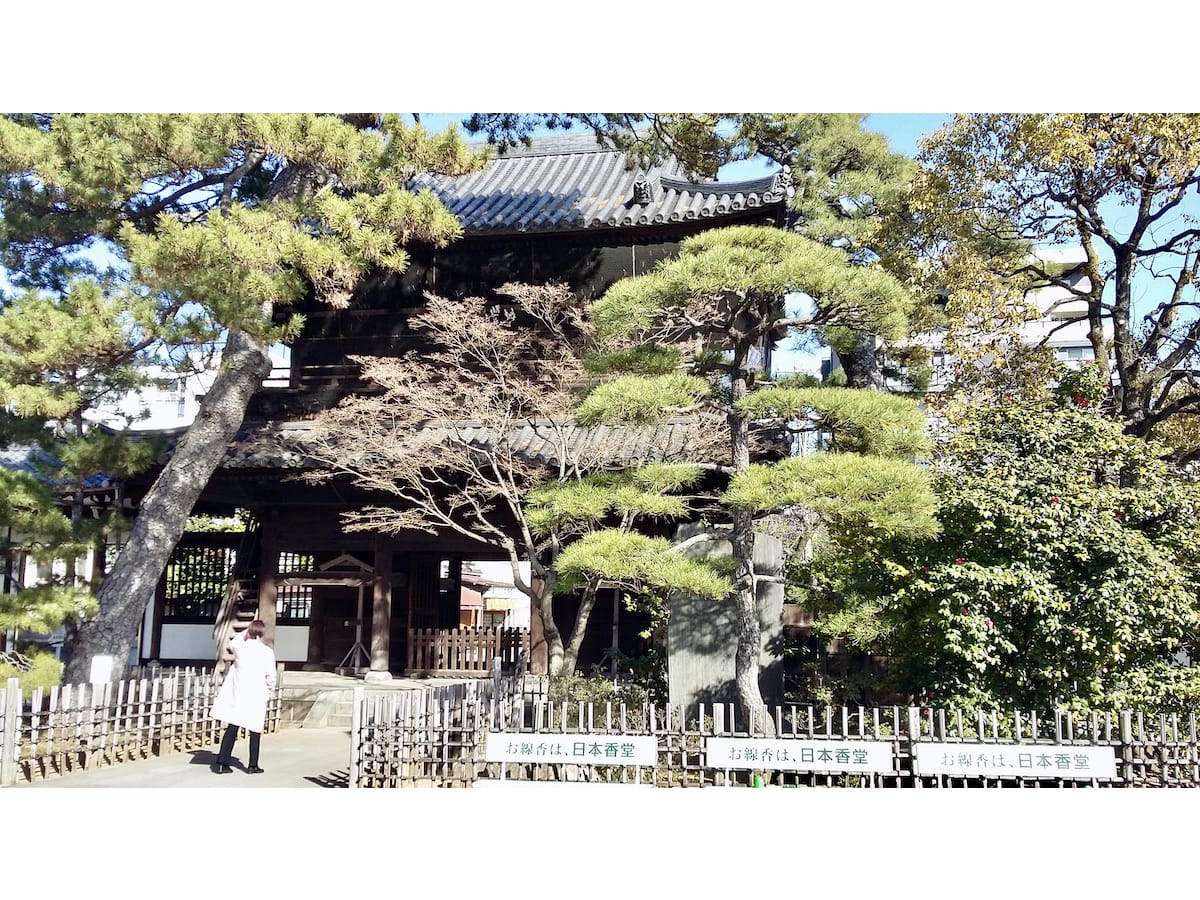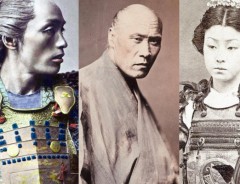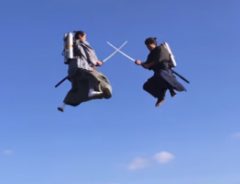
Photo by George Lloyd
Paying respect to the 47 rōnin, Japan’s most famous ‘men of honour,’ at Sengakuji Temple
- Tags:
- 47 rōnin / men of honour / rōnin / Samurai / Sengakuji Temple
Related Article
-

Rare Photo Series Of The Last Samurai Warriors In 19th Century Japan
-

Japanese Jet Pack Samurai Engage in Airborne Sword Fight in Viral Video
-

Unleash Your Pet’s Warrior Spirit With Cat And Dog Samurai Armor
-

Toei Kyoto Studio Park: Experience The Thrilling World of Japanese Hollywood (Part 2)
-

Japanese UV Ray Face Mask Is A Star Wars Style Declaration Of War On The Sun
-

McDonald’s Japan unsheathes beefy Samurai Mac burgers


The rival moral codes of pre-modern Japan live on in the present day. On the one hand, you have corporate Japan, which takes its morals from the samurai, with an emphasis on discipline, honour and self-restraint. On the other, you have pop culture Japan, which has its roots in folksier virtues like innocence, play, and sentimentality.
The samurai moral code is best encapsulated in the famous story of the 47 rōnin, who sacrificed their own lives in order to uphold the honour of the lord they served. It is a great story for samurai fans, best appreciated with a visit to Sengakuji Temple in Takagawa, near Shinagawa, where the 47 rōnin have their final resting place.
The graves of the Akō Gishi (loyal samurai retainers of Akō) have been designated a historic site by the Japanese government. | Photo by George Lloyd
The story of the 47 rōnin begins with Asano Naganori Takuminokami, lord of Akō in Harima province. In 1701, Lord Asano was selected to entertain some of the shogun’s emissaries at Edo Castle. He wanted to make a good impression, so he asked a samurai called Kira Yoshinaga to teach him the nuances of courtly etiquette.
Kira Yoshinaga was older than Lord Asano and also came from a high-ranking family. He expected gifts from Lord Asano in return for teaching him. When he received nothing, he felt insulted, and goaded Asano to his face on several occasions.
Lord Asano in turn felt aggrieved by the lack of respect his teacher showed him as a fellow samurai. One day, Asano drew his sword in the castle precincts and lunged at Kira. Kira was not hurt, but this was an unforgiveable breach of etiquette.
The shogun’s men arrested Asano and he was ordered to commit seppuku (切腹 ritual suicide). His family was disinherited, and its estates were confiscated and broken up.
The grave of Lord Asano. | Photo by George Lloyd
This was a fate worse than death for Lord Asano’s retainers, for samurai prided themselves on being ‘men of honour.’ They had no choice but to became rōnin (浪人 masterless samurai, or literally ‘wave men’), with all the resulting loss of social status.
Lord Asano’s lead retainer was a samurai by the name of Oishi Kuranosuke Yoshitaka. Following his lordship’s suicide, he moved to Kyoto. But neither he nor the other 46 retainers could accept the shogunate’s judgment and were determined to avenge their lordship’s death.
Kira Yoshinaga was also sullied by the scandal, which is how he came to live in the wilds of Honjō, on the east bank of the River Sumida, far from the Yamanote districts in the west of the city where most samurai lived.
On the 14th December 1702, with snow lying thick on the ground, the 47 rōnin travelled to Kira’s home and fought their way into his house. He was having a bath at the time, and barely had time to get dressed before the righteous avengers burst into the bathroom and killed him.
Oishi Kuranosuke Yoshitaka severed the dead man’s head. Accompanied by his fellow rōnin, he carried it across the city, past throngs of astonished onlookers, to Sengakuji Temple in Takanawa, where they presented it at Lord Asano’s grave.
The head-washing (kubi-arai) well, where the 47 retainers are reputed to have washed the severed head of Kira Yoshinaga before they laid it at their lord’s grave. | Photo by George Lloyd
Having wrought their revenge, the 47 rōnin turned themselves into the authorities. In recognition of the terrible position these men of honour had found themselves in, the shogun permitted them to take their own lives, thereby sparing them the indignity of being beheaded by one of his official executioners.
On February 4th, 1703, the 47 rōnin committed seppuku together, with their dignity as samurai intact. They were buried in a plot next to their lord’s grave on the grounds of Sengakuji temple.
This gateway originally stood outside the Asano residence in Honjo but was moved to Sengakuji in the Meiji period. | Photo by George Lloyd
Lord Asano’s burial place tells us much about his high status. Sengakuji Temple had been founded in 1612 by Tokugawa Ieyasu, the founder of the Tokugawa shogunate, and was one of the most revered temples in Edo.
For generations, Sengakuji has attracted legions of admirers of the Loyal Retainers of Akō, as they’re known. There are even stories of desperate rōnin who travelled across Japan to kill themselves at their graveside.
Few Japanese would go to such extremes these days, of course, but many still find the story of the 47 rōnin, and their selfless commitment to protecting the good name of the man they served, deeply moving. There is even an annual festival at the site of Kira’s house in Honjō to commemorate Japan’s most famous act of revenge.
Sengakukji Temple is at Takanawa 2-11-1 Takanawa, Minato City, Tokyo. The nearest stations are Sengakukji and Shinagawa.